Archives
- 2025-11
- 2025-10
- 2025-09
- 2025-03
- 2025-02
- 2025-01
- 2024-12
- 2024-11
- 2024-10
- 2024-09
- 2024-08
- 2024-07
- 2024-06
- 2024-05
- 2024-04
- 2024-03
- 2024-02
- 2024-01
- 2023-12
- 2023-11
- 2023-10
- 2023-09
- 2023-08
- 2023-07
- 2023-06
- 2023-05
- 2023-04
- 2023-03
- 2023-02
- 2023-01
- 2022-12
- 2022-11
- 2022-10
- 2022-09
- 2022-08
- 2022-07
- 2022-06
- 2022-05
- 2022-04
- 2022-03
- 2022-02
- 2022-01
- 2021-12
- 2021-11
- 2021-10
- 2021-09
- 2021-08
- 2021-07
- 2021-06
- 2021-05
- 2021-04
- 2021-03
- 2021-02
- 2021-01
- 2020-12
- 2020-11
- 2020-10
- 2020-09
- 2020-08
- 2020-07
- 2020-06
- 2020-05
- 2020-04
- 2020-03
- 2020-02
- 2020-01
- 2019-12
- 2019-11
- 2019-10
- 2019-09
- 2019-08
- 2019-07
- 2019-06
- 2019-05
- 2019-04
- 2018-11
- 2018-10
- 2018-07
-
It would also be interesting to
2021-10-29
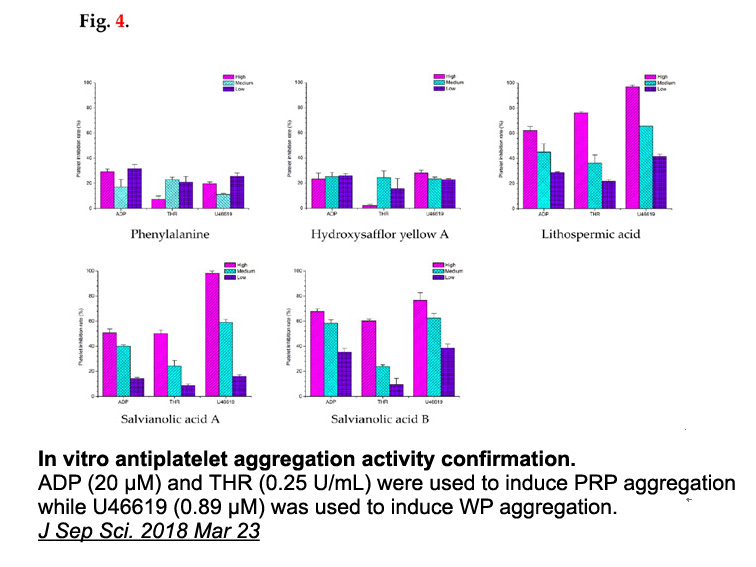
It would also be interesting to understand the potential connection between asymmetric histone inheritance and another phenomenon reported by several investigators: selective DNA strand segregation (reviewed by Evano and Tajbakhsh, 2013, Rando, 2007, Tajbakhsh and Gonzalez, 2009). Recent development
-
To investigate if such an effect is
2021-10-29
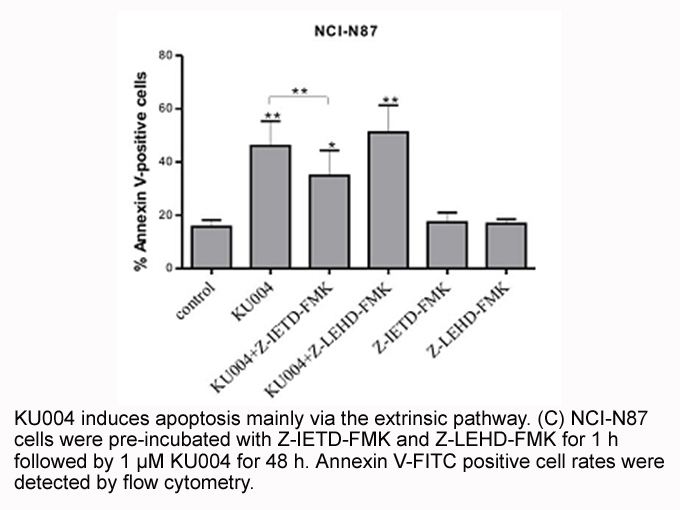
To investigate if such an effect is observed in native GlyT1, we introduced S605D and S605A mutations into GlyT1 and transfected these DNA constructs into N2a cells. For an internal control of calpain cleavage, we also introduced the first 100 amino-acids of the rat GlyT2N terminus upstream of the m
-
Lamina II SG spinal cord neurons
2021-10-29

Lamina II (SG) spinal cord neurons play an important role in regulating nociceptive input from the periphery [20,21]. Moreover, lamina II neurons are concentrated with glycinergic or GABAergic inhibitory interneurons. Therefore, it is possible that β-alanine might modulate nociceptive transmission i
-
In type diabetic subjects with
2021-10-29

In type-2 diabetic subjects with mean baseline glycated hemoglobin A (HbA) of 8.4%, q.d. administration of MK-0893 for 12weeks as a monotherapy resulted in dose-dependent decreases in HbA and FPG. Administration of MK-0893 q.d. at doses of 20, 40, 60, and 80mg led to observed reductions in HbA of 0.
-
Nile Red Next we asked how a common
2021-10-29
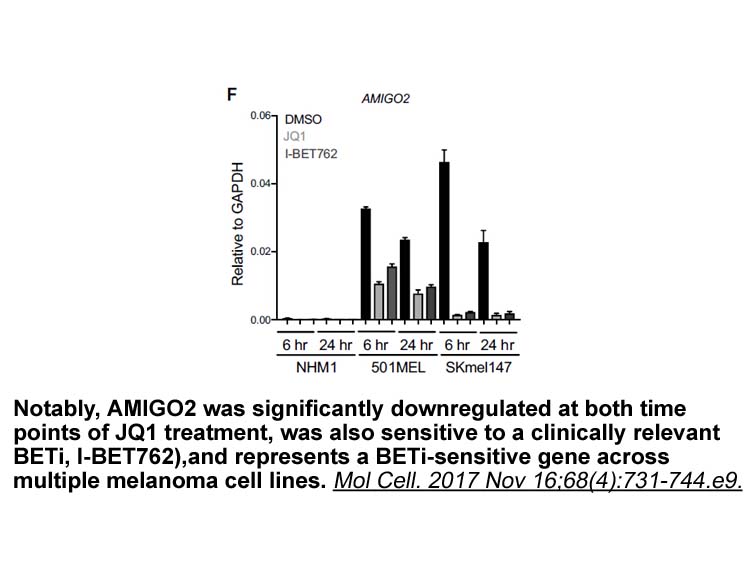
Next, we asked how a common activation marker of fibroblasts, Acta2, defined gene expression signatures in alveolar airspaces by using Acta2-mKO1 reporter mice (Fig. 2A). In the lungs of Acta2-mKO1 mice, mKO1 was expressed in smooth muscle cells and mesenchymal cells in Nile Red (Fig. 2B). By sorti
-
Iberiotoxin For the two KO models CX and CX fluorescence
2021-10-29

For the two KO models (CX30 and CX43), fluorescence recovery is almost always best fitted with a 2-component exponential (Fig. 6A and D). Statistical analysis of the parameters (Table 1) shows that in both cases the two time scales and the fraction of recovery associated with the fast intracellular
-
Cytokines and hormones influence both gap junctions and endo
2021-10-29
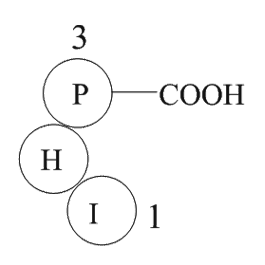
Cytokines and hormones influence both gap junctions [106] and endocrine activity in the pituitary [3]. Long-term treatment (2 h) with the proinflammatory cytokines interleukin-1β (Il-1β) and tumor necrosis factor-α (TNF-α) transiently increases Cx43 expression and cell coupling in TtT/GF AGI-6780 re
-
atpase inhibitor Serotonin hydroxytryptamine HT is a monoami
2021-10-29
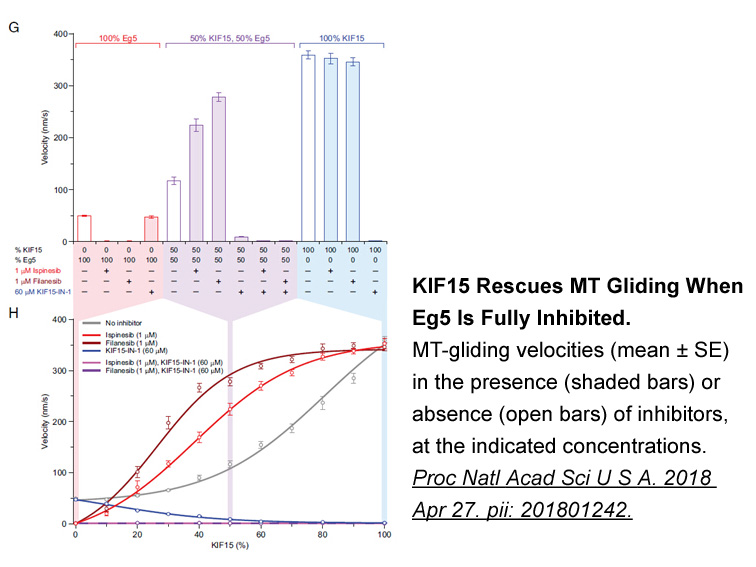
Serotonin (5-hydroxytryptamine, 5-HT) is a monoamine with dual functions in the developing and matured brain. 5-HT regulates development of the atpase inhibitor as a neurotrophic factor and is involved in emotion and cognition as a neurotransmitter in adulthood (Gaspar et al., 2003; Daubert and Cond
-
Cellular inhibition is caused by the hyperpolarization
2021-10-29

Cellular inhibition is caused by the hyperpolarization of the cell and is mediated by both synaptic and extrasynaptic GABAARs. Synaptic GABAARs are sensitive to high concentrations of GABA released at the synapse and mediate phasic inhibition. In contrast, extrasynaptic GABAARs mediate tonic inhibit
-
Reports described a range of synthetic GPR agonists
2021-10-29

Reports described a range of synthetic GPR40 agonists with desirable safety and efficacy profiles, compared with existing antidiabetic therapies such as insulin and sulfonylureas [[20], [21], [22], [23], [24], [25], [26], [27], [28]]. Among them, several small molecules were tested in the clinical t
-
Sirolimus rapamycin and everolimus both of which are
2021-10-29
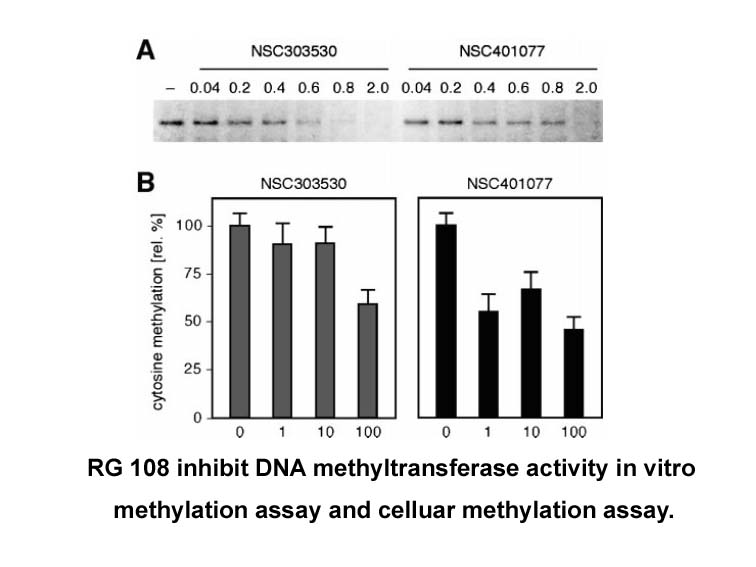
Sirolimus (rapamycin) and everolimus, both of which are mTOR inhibitors, are released by commonly used first- and second-generation DES. Considering the relatively high rates of the target vessel failure with currently available DES [12,14,16,45,46], there is a need for a novel drug strategy that pr
-
An azabicyclic compound named S a
2021-10-29
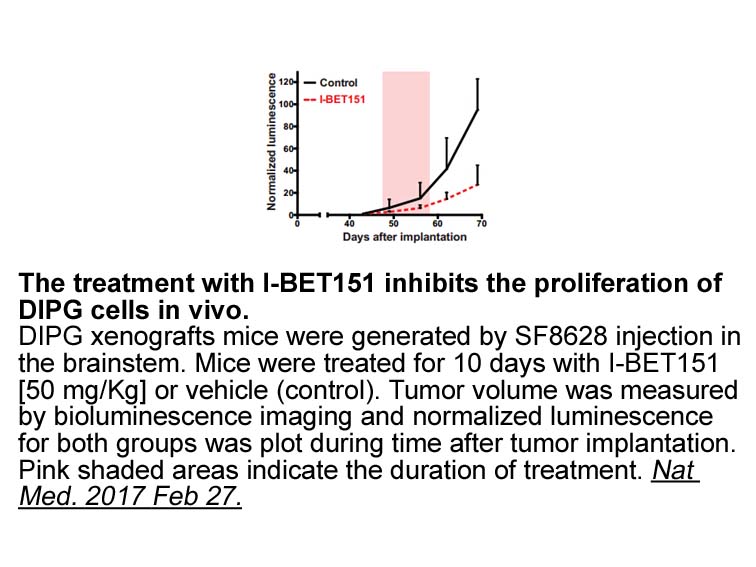
An azabicyclic SMI-4a named S 38093, (4-[3-(3,3a,4,5,6,6a-hexahydro-1H-cyclopenta[c]pyrrol-2-yl)propoxy]benzamide), was introduced by Servier with H3R antagonist and inverse agonist activity (Sors et al., 2017). The compound contains all the drug-likeness criteria owing to its physicochemical prope
-
The increased levels of proinflammatory cytokines in BALF ar
2021-10-29
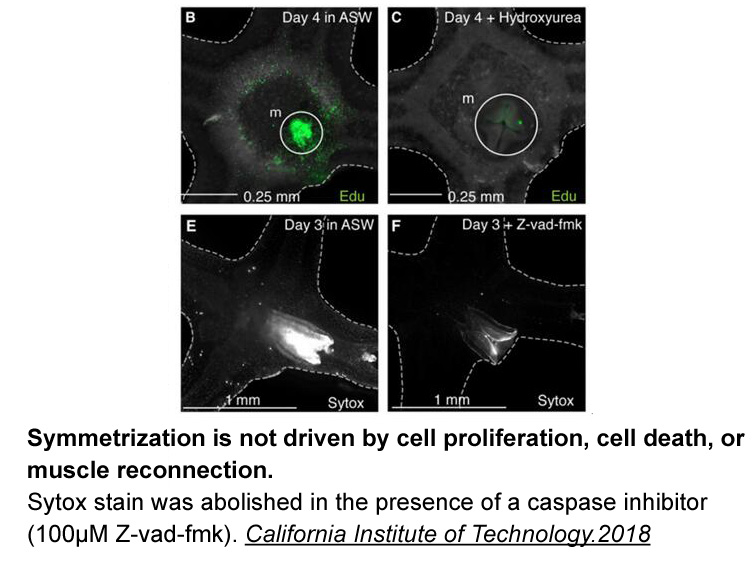
The increased levels of proinflammatory cytokines in BALF are noted during ALI/ARDS, and the persistent elevation of these mediators may exaggerate systemic or focal inflammatory reaction with a worse outcome. These cytokines, particularly TNF-α and IL-6, play essential roles in ALI [16,17]. The ove
-
Furthermore a direct thiol protective role of S nitrosylatio
2021-10-28
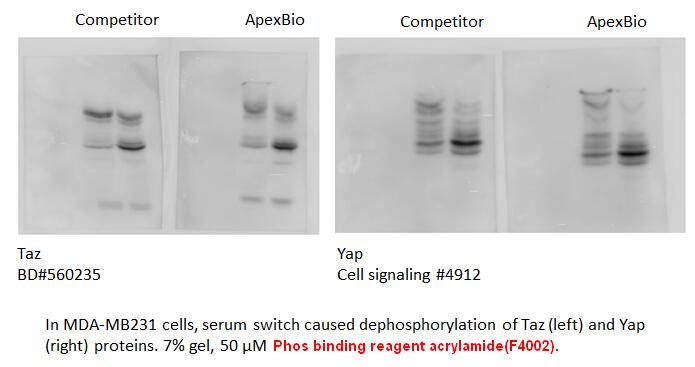
Furthermore, a direct thiol protective role of S-nitrosylation has been reported in animals [66]. Here, formation of higher order irreversible oxidative modifications, such as sulfinic and sulfonic acids were prevented by S-nitrosylation. All these observations underline the important role of ROS in
-
Apramycin Sulfate Mice lacking S nitrosoglutathione reductas
2021-10-28

Mice lacking S-nitrosoglutathione reductase (GSNOR), a denitrosylase that regulates S-nitrosylation, have increased levels of S-nitrosoglutathione (GSNO) and exhibit nitrosative stress. GSNO is in equilibrium with protein S-nitrosylation in cells, and GSNOR controls the cellular concentration of pro
16532 records 578/1103 page Previous Next First page 上5页 576577578579580 下5页 Last page